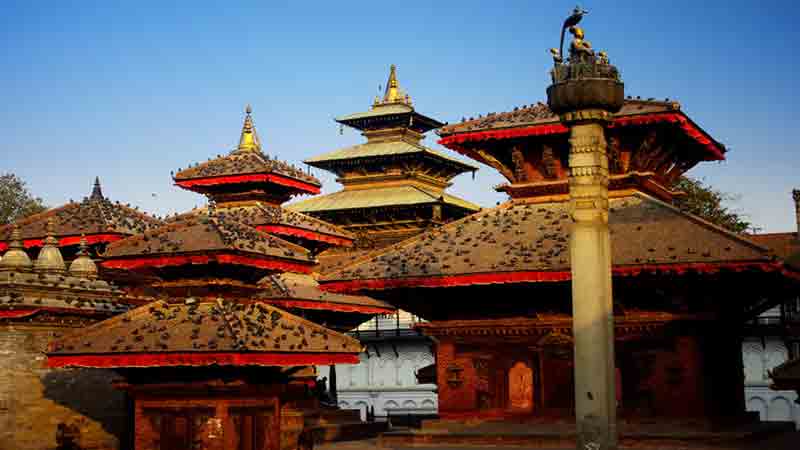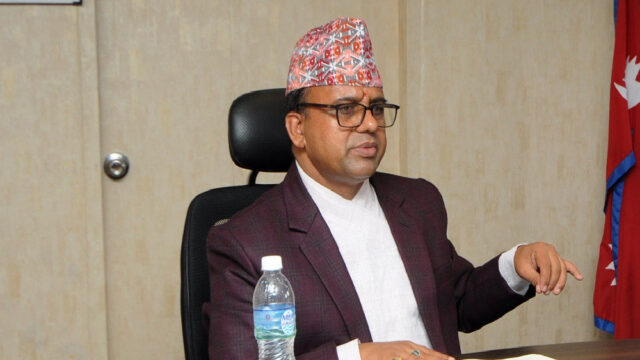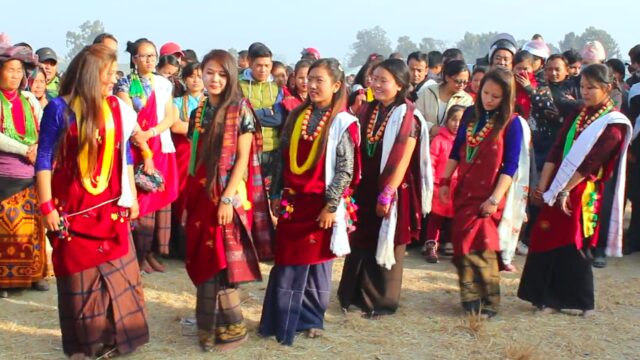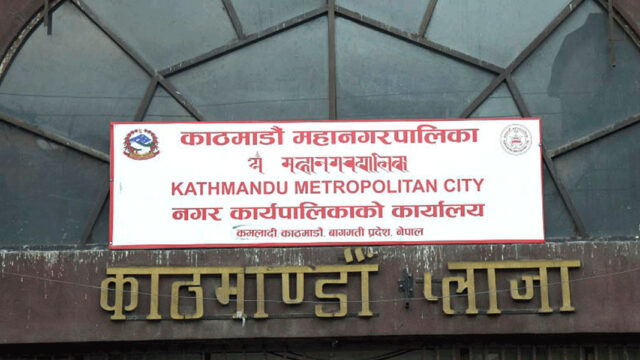Kathmandu Durbar Square, a majestic historical site nestled in the heart of Kathmandu, stands as a testament to Nepal’s rich cultural and architectural heritage. This UNESCO World Heritage Site, once the royal palace for the Malla kings, continues to captivate visitors with its intricate architecture, historical significance, and vibrant atmosphere. For tourists, Kathmandu Durbar Square is not just a destination but an immersive experience into the heart of Nepalese culture, history, and artistry.
Kathmandu Durbar Square, located in the old city of Kathmandu, is renowned for its stunning array of temples, palaces, and courtyards, all of which showcase the ingenuity and artistry of the Newar people. The square’s historical importance is highlighted by its role as the center of royal ceremonies and political gatherings during the Malla era. The complex features an impressive collection of pagoda-style temples, intricately carved wooden windows, and stone sculptures that reflect the artistic brilliance of the 12th to 18th centuries.
Among the standout structures in the square is the Hanuman Dhoka Palace, which served as the royal palace until the 19th century. The palace, with its ornate wooden carvings and elaborate courtyards, offers a glimpse into the opulent lifestyle of the Malla kings. The 55-Window Palace, another architectural gem, is celebrated for its exquisite wooden windows and historic significance as the seat of the royal court.
The square is also home to several important temples, including the Kal Bhairav Temple, dedicated to the fierce deity Bhairav, and the Jagannath Temple, known for its intricate carvings and vibrant festivals. Each temple within the square serves as a focal point for various cultural and religious ceremonies, offering visitors a chance to witness Nepal’s living traditions.
Kathmandu Durbar Square is a dynamic cultural hub that comes alive with festivals and celebrations throughout the year. The square hosts numerous religious and cultural events that draw both locals and tourists alike. One of the most significant festivals celebrated here is the Indra Jatra, a grand festival dedicated to the Hindu god Indra, the god of rain. During this festival, the square transforms into a vibrant carnival, featuring traditional processions, dance performances, and the iconic Kumari Jatra, where the living goddess Kumari is paraded through the streets.
Another major festival is Dashain, one of Nepal’s most important Hindu festivals. The celebrations in Kathmandu Durbar Square are marked by elaborate rituals, traditional music, and community gatherings, offering visitors a unique opportunity to experience the cultural richness of Nepal.
For tourists, Kathmandu Durbar Square offers a wealth of attractions and activities that provide an immersive experience into Nepalese culture and history. Visitors can explore the many temples and palaces, each offering unique insights into the architectural and artistic achievements of the Malla period. The square also features several museums, including the Hanuman Dhoka Palace Museum, which houses a collection of artifacts and artworks from Nepal’s royal history.
The vibrant atmosphere of the square is complemented by its surrounding markets and shops, where visitors can purchase traditional handicrafts, souvenirs, and local delicacies. The bustling markets offer a sensory overload of colors, sounds, and smells, providing a glimpse into daily life in Kathmandu.
One of the most popular activities for tourists is simply strolling through the square, taking in the stunning architecture, and observing the lively street scenes. The square’s layout, with its open courtyards and narrow alleys, invites exploration and discovery. Visitors can also enjoy traditional Nepalese cuisine at nearby restaurants, offering a taste of local flavors and hospitality.
Despite its historical and cultural significance, Kathmandu Durbar Square has faced challenges, particularly from natural disasters and urban development. The devastating earthquake of April 2015 caused significant damage to many of the square’s structures, leading to a major restoration effort. The ongoing preservation work aims to restore and protect the square’s historical features while ensuring that it remains a vibrant center of cultural activity.
Efforts to preserve Kathmandu Durbar Square involve collaboration between local authorities, international organizations, and conservation experts. These efforts focus on repairing damaged structures, maintaining the square’s architectural integrity, and promoting sustainable tourism practices to minimize the impact on the site.
As tourism continues to grow, Kathmandu Durbar Square faces the challenge of balancing visitor experiences with preservation efforts. Sustainable tourism practices are crucial in ensuring that the square remains a thriving cultural and historical site for future generations. Initiatives such as visitor education, responsible travel guidelines, and support for local communities play a vital role in this effort.
Looking ahead, Kathmandu Durbar Square is poised to continue its role as a major tourist attraction, drawing visitors from around the world who seek to explore Nepal’s rich cultural heritage. The square’s ongoing restoration and preservation efforts, combined with its vibrant cultural scene and historical significance, make it a must-visit destination for anyone interested in experiencing the essence of Nepal.
Kathmandu Durbar Square stands as a living testament to Nepal’s historical and cultural legacy. Its architectural splendor, vibrant festivals, and dynamic atmosphere offer a rich and immersive experience for tourists. As the square continues to evolve and adapt to the challenges of modern tourism, it remains a cherished symbol of Nepal’s enduring heritage and a beacon of cultural pride for the nation.






